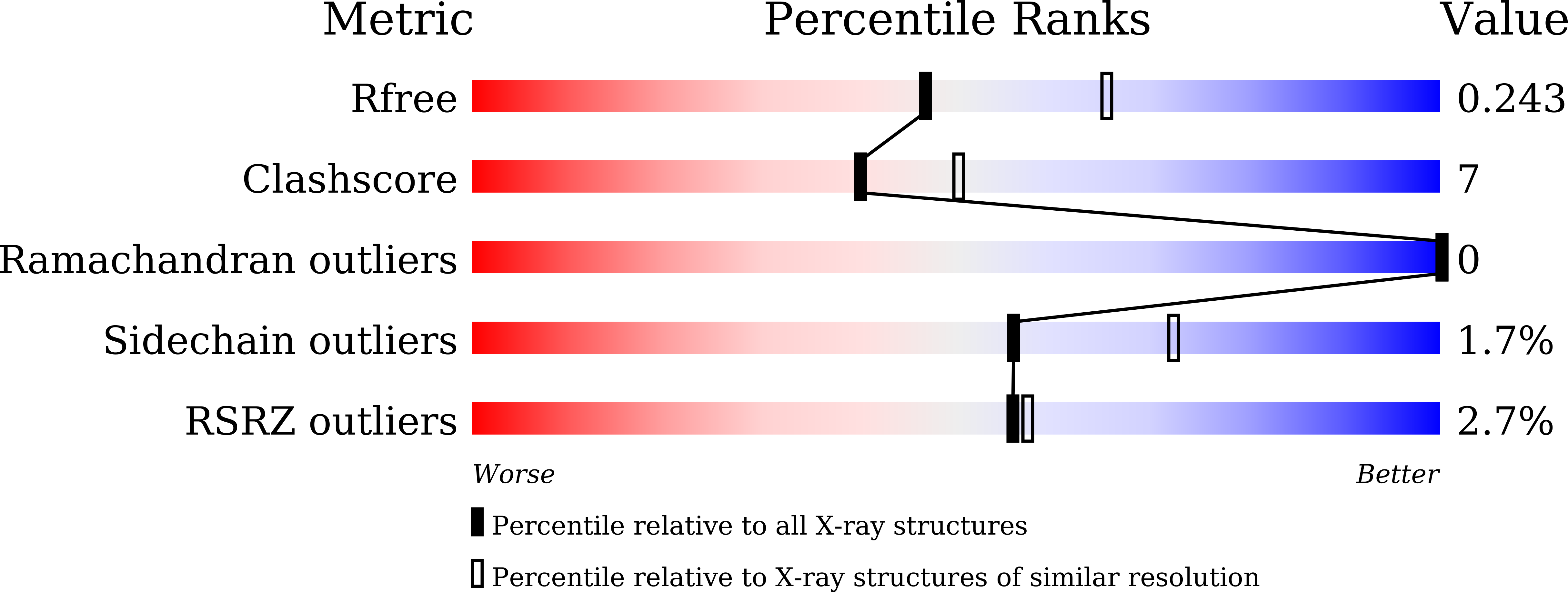
Deposition Date
2023-05-09
Release Date
2024-11-13
Last Version Date
2025-02-19
Entry Detail
PDB ID:
8JBS
Keywords:
Title:
B12-binding domain from Chloracidobacterium thermophilum MerR family protein, dark state
Biological Source:
Source Organism:
Chloracidobacterium thermophilum (Taxon ID: 458033)
Host Organism:
Method Details:
Experimental Method:
Resolution:
2.30 Å
R-Value Free:
0.23
R-Value Work:
0.18
R-Value Observed:
0.18
Space Group:
P 31 2 1


